3 Delicious Fitness Recipes Inspired by the Flavorful Mediterranean Diet
Ever feel like your workout routine is on point, but your diet just isn’t keeping up? You’re not alone. Many fitness enthusiasts struggle to find meals that are both nutritious and flavorful. Enter the Mediterranean diet, a dietary powerhouse known for its emphasis on fresh, whole foods and healthy fats.
This isn’t your typical bland “diet food.” The Mediterranean diet celebrates vibrant ingredients and bold flavors, making it a sustainable and enjoyable approach to fueling your fitness goals.
Think sun-drenched tomatoes, glistening olives, fresh herbs, and lean protein – all working together to create dishes that are as good for your body as they are for your taste buds.
In this article, we’ll explore the core principles of the Mediterranean diet and how they translate into three incredible fitness recipes. We’ll show you how to whip up satisfying meals that are packed with flavor, protein, and essential nutrients to keep you energized throughout your day.
So, ditch the flavorless chicken breast and steamed broccoli – it’s time to embrace the delicious world of Mediterranean-inspired fitness cuisine!
What is the Mediterranean Diet?
The Mediterranean diet isn’ a fad – it’s a way of life inspired by the traditional eating patterns of countries bordering the Mediterranean Sea. This region boasts some of the world’s healthiest populations, and research suggests the Mediterranean diet plays a significant role in their longevity and well-being.
Here’s a breakdown of the key features of this dietary approach:
- Focus on plant-based foods: Fruits, vegetables, whole grains, and legumes are the foundation of the Mediterranean diet. These foods are brimming with vitamins, minerals, and fiber, all essential for optimal health and performance.
- Healthy fats: Olive oil is the primary source of fat in the Mediterranean diet. This liquid gold is rich in monounsaturated fats, which have been linked to numerous health benefits, including improved heart health and reduced inflammation [2].
- Lean protein: While not the star of the show, moderate amounts of lean protein sources like fish, poultry, and legumes are included in the Mediterranean diet. These provide essential amino acids for muscle building and repair.
- Limited red meat and processed foods: The Mediterranean diet encourages minimizing red meat and processed foods, which have been associated with various health concerns.
- Herbs and spices: Fresh herbs and spices are a mainstay in Mediterranean cuisine. They not only add incredible flavor but also boast potential health benefits like reducing inflammation and boosting antioxidant intake.
How Does the Mediterranean Diet Benefit Fitness?
The Mediterranean diet’s emphasis on whole foods translates perfectly to a fitness-oriented lifestyle. Here’s how it can support your workout goals:
- Provides sustained energy: The combination of complex carbohydrates, healthy fats, and protein in Mediterranean meals provides a slow and steady release of energy, keeping you fueled throughout your workouts.
- Promotes muscle recovery: Lean protein sources like fish and legumes are essential for muscle repair and rebuilding after exercise.
- Reduces inflammation: The emphasis on healthy fats and antioxidant-rich fruits and vegetables can help reduce inflammation, potentially improving recovery and reducing muscle soreness.
- Supports overall health: By promoting heart health, blood sugar control, and a healthy weight, the Mediterranean diet creates a solid foundation for optimal fitness.
3 Mouthwatering Fitness Recipes Inspired by the Mediterranean
Now, let’s get cooking! We’ve created three delicious recipes that embody the principles of the Mediterranean diet and cater to your fitness needs.

Recipe 1: Sun-Dried Tomato and Spinach Chicken with Lemony Orzo
This dish is a protein powerhouse, featuring succulent chicken breast flavored with sun-dried tomatoes and fresh spinach. The whole-grain orzo provides complex carbohydrates for sustained energy, while the lemony dressing adds a refreshing touch.
Ingredients:
- 2 boneless, skinless chicken breasts
- 1 tablespoon olive oil
- 1/2 cup chopped onion
- 3 cloves garlic, minced
- 1/2 cup sun-dried tomatoes, chopped (oil-packed, drained)
- 4 cups baby spinach
- 1 cup whole-grain orzo (or another whole-grain pasta)
- 4 cups chicken broth
- 1/4 cup lemon juice
- 1 tablespoon chopped fresh parsley
- Salt and freshly ground black pepper, to taste
Instructions:
- Preheat oven to 400°F (200°C). Lightly grease a baking dish.
- Season chicken breasts with salt and pepper. Heat olive oil in a large skillet over medium heat. Sear chicken breasts for 2-3 minutes per side, until golden brown.
- Transfer chicken to the prepared baking dish. In the same skillet, add onion and garlic. Sauté for 3-4 minutes, until softened.
- Stir in sun-dried tomatoes and spinach. Cook until spinach is wilted, about 1 minute.
- Pour the chicken broth and lemon juice into the skillet. Bring to a boil, then scrape up any browned bits from the bottom.
- Pour the broth mixture over the chicken breasts in the baking dish. Cover with foil and bake for 20-25 minutes, or until chicken is cooked through.
- While the chicken bakes, cook orzo according to package directions. Drain and set aside.
- Once the chicken is cooked, remove from the oven and let stand for 5 minutes.
- To serve, spoon orzo onto plates and top with chicken breast, spinach mixture, and pan juices. Garnish with fresh parsley.
Nutritional Information (per serving):
- Calories: 450
- Protein: 40g
- Carbs: 45g
- Fat: 15g

Recipe 2: Salmon with Roasted Vegetables and Lemon-Herb Quinoa
This recipe is a one-pan wonder, featuring flaky salmon paired with colorful roasted vegetables and a fluffy bed of protein-rich quinoa. The lemon-herb dressing adds a burst of bright flavor.
Ingredients:
- 2 salmon fillets (about 6 ounces each)
- 1 tablespoon olive oil
- 1 red bell pepper, sliced
- 1 yellow bell pepper, sliced
- 1 red onion, sliced
- 1 zucchini, sliced
- 1 cup quinoa, rinsed
- 1 1/2 cups chicken broth
- 1/4 cup lemon juice
- 2 tablespoons chopped fresh dill
- 1 tablespoon chopped fresh parsley
- Salt and freshly ground black pepper, to taste
Instructions:
- Preheat oven to 400°F (200°C). Line a baking sheet with parchment paper.
- Toss bell peppers, onion, and zucchini with olive oil, salt, and pepper. Spread vegetables evenly on the prepared baking sheet.
- Season salmon fillets with salt and pepper. Place them on top of the vegetables.
- In a separate bowl, combine quinoa, chicken broth, lemon juice, dill, and parsley. Season with salt and pepper.
- Pour the quinoa mixture around the salmon and vegetables on the baking sheet.
- Bake for 20-25 minutes, or until salmon is cooked through and quinoa is fluffy.
- To serve, spoon quinoa and vegetables onto plates and top with salmon.
Nutritional Information (per serving):
- Calories: 400
- Protein: 35g
- Carbs: 40g
- Fat: 10g
Recipe 3: Greek Chickpea Salad with Whole-Wheat Pita Bread
This vegetarian option is packed with protein and fiber, making it a satisfying and energizing post-workout meal. The creamy feta cheese and tangy olives add a delightful salty contrast to the freshness of the vegetables.
Ingredients:
- 1 can (15 oz) chickpeas, drained and rinsed
- 1 cucumber, diced
- 1 tomato, diced
- 1/2 red onion, finely chopped
- 1/4 cup crumbled feta cheese
- 1/4 cup Kalamata olives, pitted and halved
- 2 tablespoons olive oil
- 1 tablespoon lemon juice
- 1 teaspoon dried oregano
- 1/4 teaspoon dried dill
- Salt and freshly ground black pepper, to taste
- 2 whole-wheat pita breads, warmed
Instructions:
- In a large bowl, combine chickpeas, cucumber, tomato, red onion, feta cheese, and Kalamata olives.
- In a separate bowl, whisk together olive oil, lemon juice, oregano, dill, salt, and pepper.
- Pour the dressing over the chickpea mixture and toss gently to coat.
- Warm whole-wheat pita breads according to package instructions.
- To serve, spoon the chickpea salad onto warmed pita bread halves.
Tips:
- For a creamier texture, mash some of the chickpeas with a fork before adding them to the salad.
- Add other chopped vegetables like bell peppers or zucchini for extra flavor and nutrients.
- If you don’t have fresh herbs, you can use 1/2 teaspoon dried oregano and 1/4 teaspoon dried dill instead.
- Leftover chickpea salad can be stored in an airtight container in the refrigerator for up to 3 days.
Nutritional Information (per serving):
- Calories: 350
- Protein: 15g
- Carbs: 40g
- Fat: 10g
Conclusion
These three recipes are just a taste of the delicious possibilities offered by the Mediterranean diet. By incorporating these principles into your meals, you can fuel your fitness goals and enjoy a healthy, flavorful lifestyle.
So, ditch the restrictive fad diets and embrace the vibrant world of Mediterranean cuisine – your body and taste buds will thank you!
FAQs
Is the Mediterranean diet good for weight loss?
The Mediterranean diet can be a helpful tool for weight loss due to its emphasis on whole foods, healthy fats, and moderate portion sizes. It promotes satiety and discourages unhealthy processed foods, both of which can contribute to weight management.
Is the Mediterranean diet vegetarian?
The Mediterranean diet is not strictly vegetarian, but it does emphasize plant-based foods. Fish and poultry are included in moderation, while red meat is consumed less frequently. Vegetarians can easily adapt this diet by incorporating more legumes and plant-based proteins.
What are some good substitutes for ingredients in these recipes?
- Don’t have salmon? Try another flaky fish like cod or tilapia.
- No quinoa? Substitute brown rice or another whole grain.
- Can’t find Kalamata olives? Chopped green olives work well too.
- Feel free to adjust the vegetables based on your preferences.
How can I incorporate the Mediterranean diet into my busy lifestyle?
The Mediterranean diet is known for its simplicity. Here are some tips for incorporating it into your busy schedule:
- Cook large batches on weekends and portion them out for the week.
- Utilize pre-chopped vegetables to save time on prep work.
- Leftovers are your friend! Repurpose them for lunch the next day.
- Embrace pantry staples like canned beans, whole-grain pasta, and olive oil.
Where can I find more information about the Mediterranean diet?
There are many reputable resources available online and in libraries about the Mediterranean diet. Here are a few suggestions:
- The Oldways Preservation Trust: https://oldwayspt.org/
- The American Heart Association: https://www.heart.org/en/news/2022/08/23/what-goes-into-a-mediterranean-diet-and-how-to-get-started
- Harvard School of Public Health: https://www.hsph.harvard.edu/nutritionsource/healthy-weight/diet-reviews/mediterranean-diet/
By following these tips and exploring the wealth of information available, you can successfully adopt the Mediterranean diet and experience its numerous benefits for your fitness and overall health.

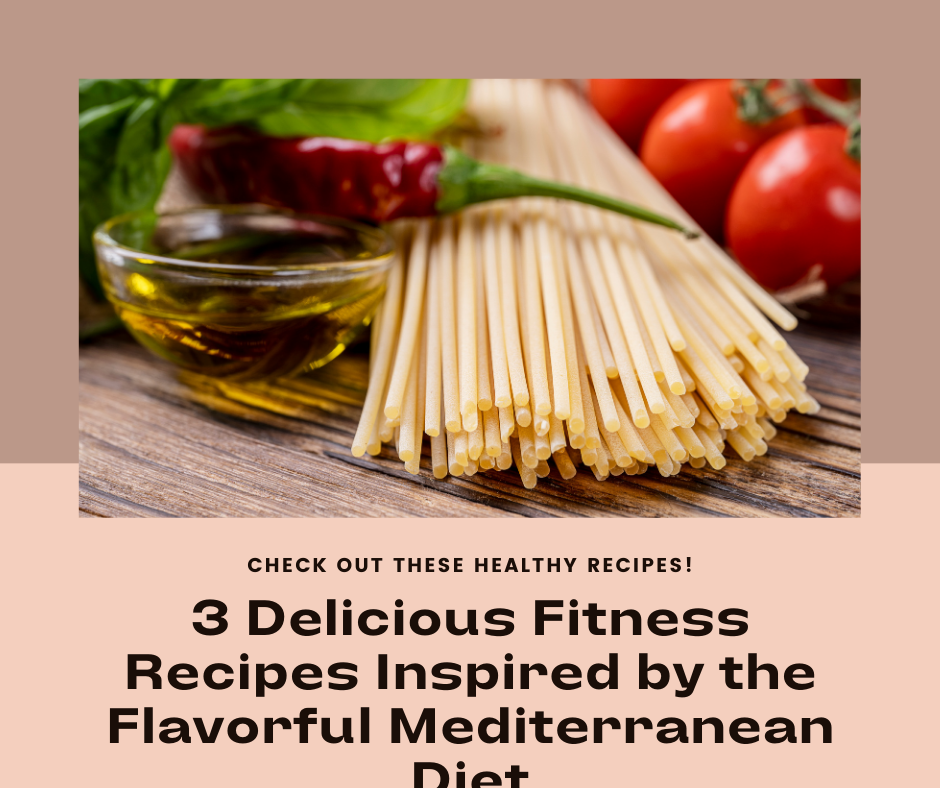






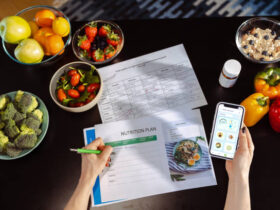
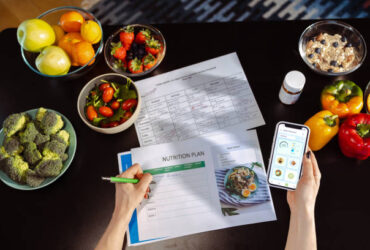


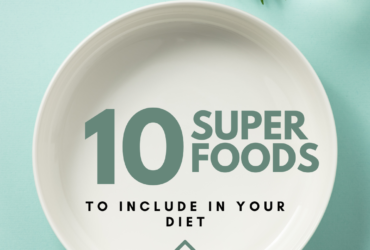

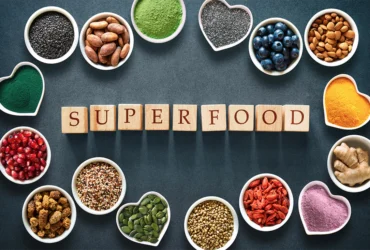

Leave a Reply